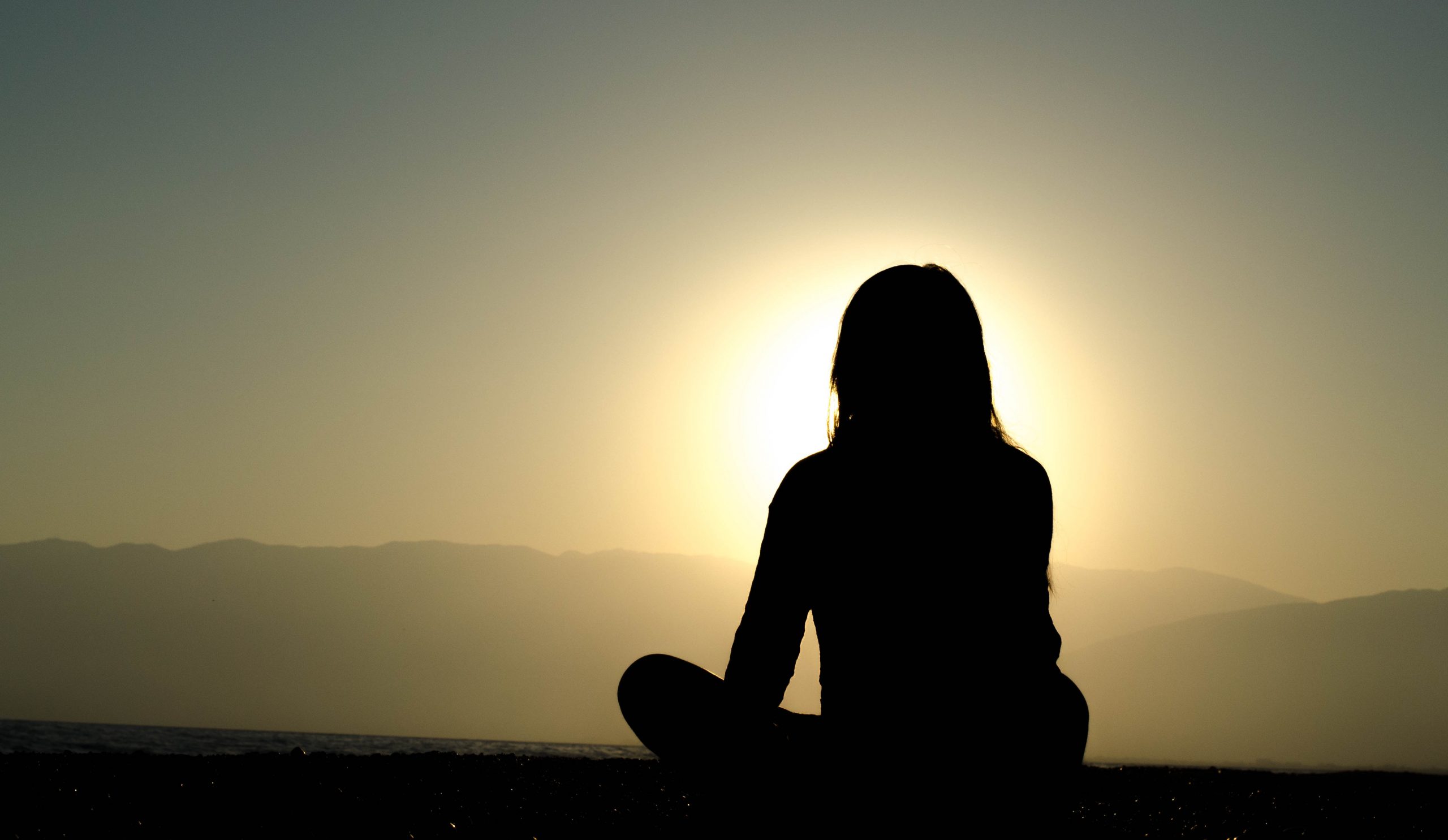Have you ever felt stuck or out of balance? Like there’s something holding you back from being your best self? Chakra meditation might just be the solution you’re looking for. This ancient practice focuses on unblocking and activating the energy centers within your body, known as chakras. By understanding and harnessing the power of these energy centers, you can unlock your true potential and achieve harmony in all aspects of your life. In this article, we’ll explore the world of chakra meditation and guide you through powerful practices to help you unleash your inner energy. Get ready to embark on a transformative journey of self-discovery and growth.

This image is property of images.unsplash.com.
Understanding Chakras
Chakras are energy centers within the body that are believed to govern our physical, mental, and spiritual well-being. In Sanskrit, the word “chakra” translates to “wheel” or “disk,” referring to their circular shape. The concept of chakras originates from ancient Indian spiritual traditions, and understanding and balancing these energy centers can help us achieve a sense of harmony and alignment in our lives.
What are Chakras?
Chakras are often depicted as spinning wheels or vortices of energy that run along the body’s central axis, starting from the base of the spine and extending to the top of the head. There are seven main chakras, each associated with specific qualities and characteristics. These chakras are thought to be interconnected, with their health and balance affecting various aspects of our physical, emotional, and spiritual well-being.
The Seven Chakra System
The seven chakras are as follows:
-
Root Chakra (Muladhara): Located at the base of the spine, the root chakra is associated with our sense of stability, security, and grounding.
-
Sacral Chakra (Svadhisthana): Found in the lower abdomen, this chakra governs our creativity, passion, and sexual energy.
-
Solar Plexus Chakra (Manipura): Situated above the navel, this chakra is linked to our personal power, self-confidence, and willpower.
-
Heart Chakra (Anahata): Located in the center of the chest, the heart chakra is associated with love, compassion, and emotional healing.
-
Throat Chakra (Vishuddha): Positioned at the throat, this chakra governs our communication, self-expression, and authenticity.
-
Third Eye Chakra (Ajna): Found between the eyebrows, this chakra is associated with intuition, wisdom, and spiritual insight.
-
Crown Chakra (Sahasrara): Located at the top of the head, the crown chakra represents our connection to higher consciousness, spirituality, and divine wisdom.
Balancing the Chakras
The key to maintaining overall well-being is to keep our chakras balanced and aligned. When a chakra is out of balance or blocked, it can result in physical, emotional, or spiritual imbalances. Chakra meditation is a powerful practice that can help to restore the flow of energy and bring harmony to these energy centers.
Signs of Blocked Chakras
It is essential to pay attention to the signs that indicate a chakra imbalance or blockage. Some common signs of chakra imbalance include:
- Physical symptoms such as chronic pain, fatigue, or digestive issues
- Emotional disturbances like anxiety, depression, or mood swings
- Relationship challenges and difficulty connecting with others
- Lack of creativity or inability to express oneself
- Spiritual disconnection and feeling lost or disconnected
Identifying these signs and addressing them through chakra meditation can help restore balance and promote overall well-being.

This image is property of images.unsplash.com.
Preparing for Chakra Meditation
Before diving into chakra meditation, it is essential to create a calm and nurturing environment that enables deep relaxation and focus. Here are some steps to prepare for a successful chakra meditation session:
Creating a Calm Environment
Find a quiet and peaceful space where you can practice without distractions. Clear any clutter and create a space that feels serene and inviting. You can enhance the atmosphere with calming essential oils, candles, or soft background music to help you relax.
Choosing the Right Time
Choose a time of day when you feel most relaxed and focused. Some people prefer to meditate in the morning to start their day with a fresh and clear mind, while others find evening meditation before bed helps unwind and promote restful sleep. Find a time that works best for you and stick to a consistent practice.
Comfortable Meditation Posture
Sit in a comfortable position that allows your spine to be straight and aligned. You can either sit on the floor with crossed legs or use a meditation cushion or chair for support. Relax your shoulders, close your eyes, and bring your attention inward.
Setting Intentions for the Practice
Before beginning your chakra meditation, it is helpful to set intentions for the practice. This can be as simple as stating your desire to restore balance, promote healing, or deepen your spiritual connection. Setting clear intentions provides a focus for your meditation and helps guide your energy towards your desired goals.

This image is property of images.unsplash.com.
Root Chakra Meditation
Introduction to the Root Chakra
The root chakra, also known as the Muladhara, is the first chakra in the energy system. It is located at the base of the spine, and its element is Earth. The root chakra is associated with feelings of stability, security, and being grounded in the present moment.
Location and Color
Visualize the root chakra as a spinning wheel of vibrant red energy at the base of your spine. This chakra is connected to the physical body and is often represented by the color red.
Signs of Imbalance
An imbalanced root chakra may manifest as feelings of fear, anxiety, or insecurity. Physical symptoms can include lower back pain, digestive issues, or problems with the feet and legs. Feeling disconnected from your body or lacking a sense of stability and security may also indicate an imbalance in the root chakra.
Meditation Practice for Root Chakra
To begin your root chakra meditation, find a comfortable seated position and close your eyes. Take a few deep breaths, and as you exhale, imagine any tension or negative energy leaving your body.
Focus your attention on the location of the root chakra, envisioning a vibrant red spinning wheel. As you inhale, imagine the energy from the earth entering your body through your feet, moving up your legs, and settling in the root chakra. Feel a sense of grounding and stability as this energy flows through you.
Continue to breathe deeply and envision the red energy becoming brighter and more vibrant. With each inhale, imagine the energy expanding and filling your entire body. As you exhale, release any fears or insecurities, allowing them to be transformed by the grounding energy of the root chakra.
Breathing Exercises for the Root Chakra
To further enhance your root chakra meditation, incorporate breathing exercises that promote grounding and stability. One effective technique is to practice deep belly breathing or diaphragmatic breathing. Slowly inhale through your nose, allowing your abdomen to expand fully, and then exhale deeply through your mouth, releasing any tension or stress.
Another helpful practice is to visualize your breath moving in and out through the root chakra. As you inhale, imagine the breath entering the chakra and filling it with energizing red light. With each exhale, visualize any stagnant or negative energy being released and transformed.
By regularly practicing root chakra meditation and incorporating these breathing exercises, you can cultivate a sense of stability, grounding, and security in your life.
Stay tuned for the next part of the article where we explore the Sacral Chakra and its significance in Chakra Meditation.



